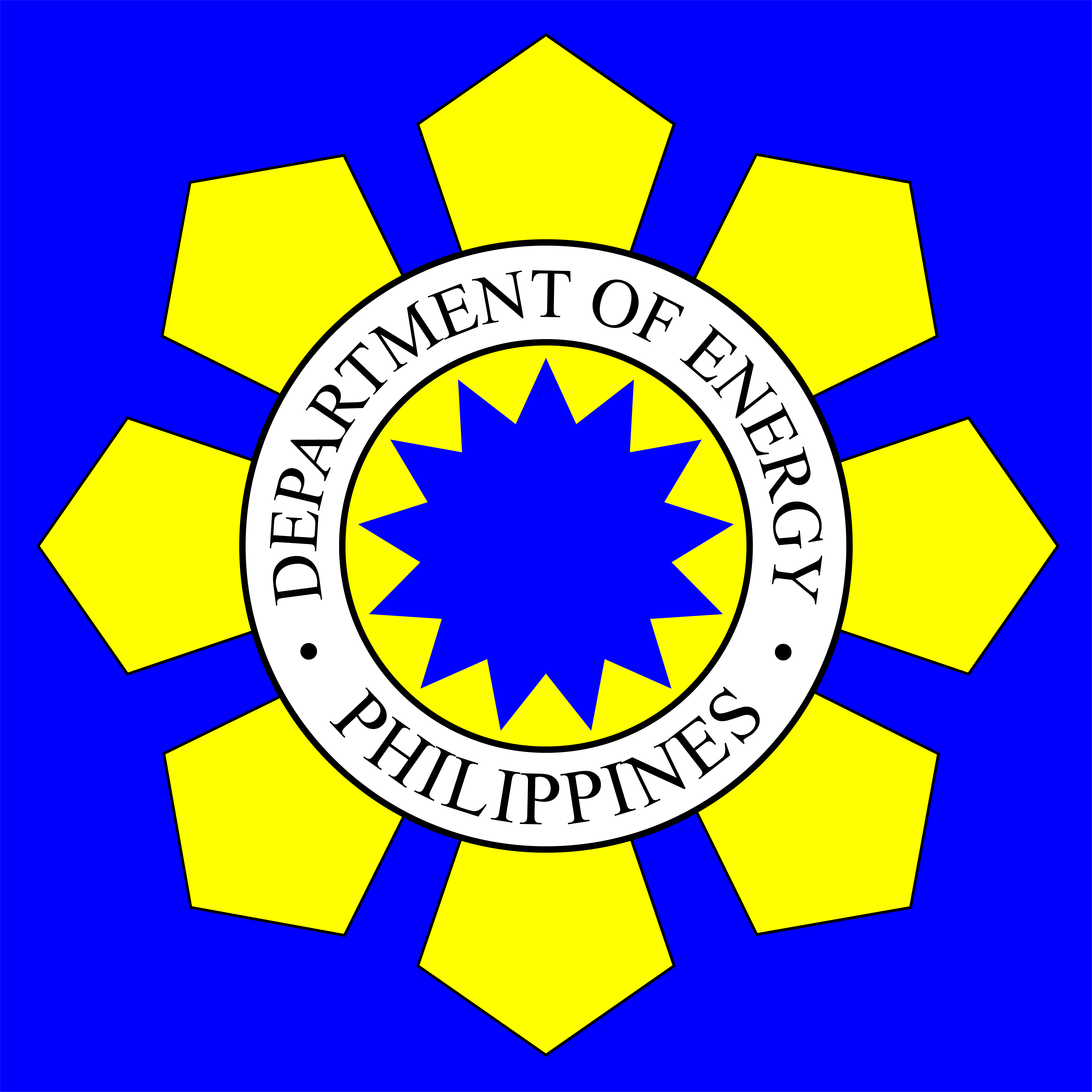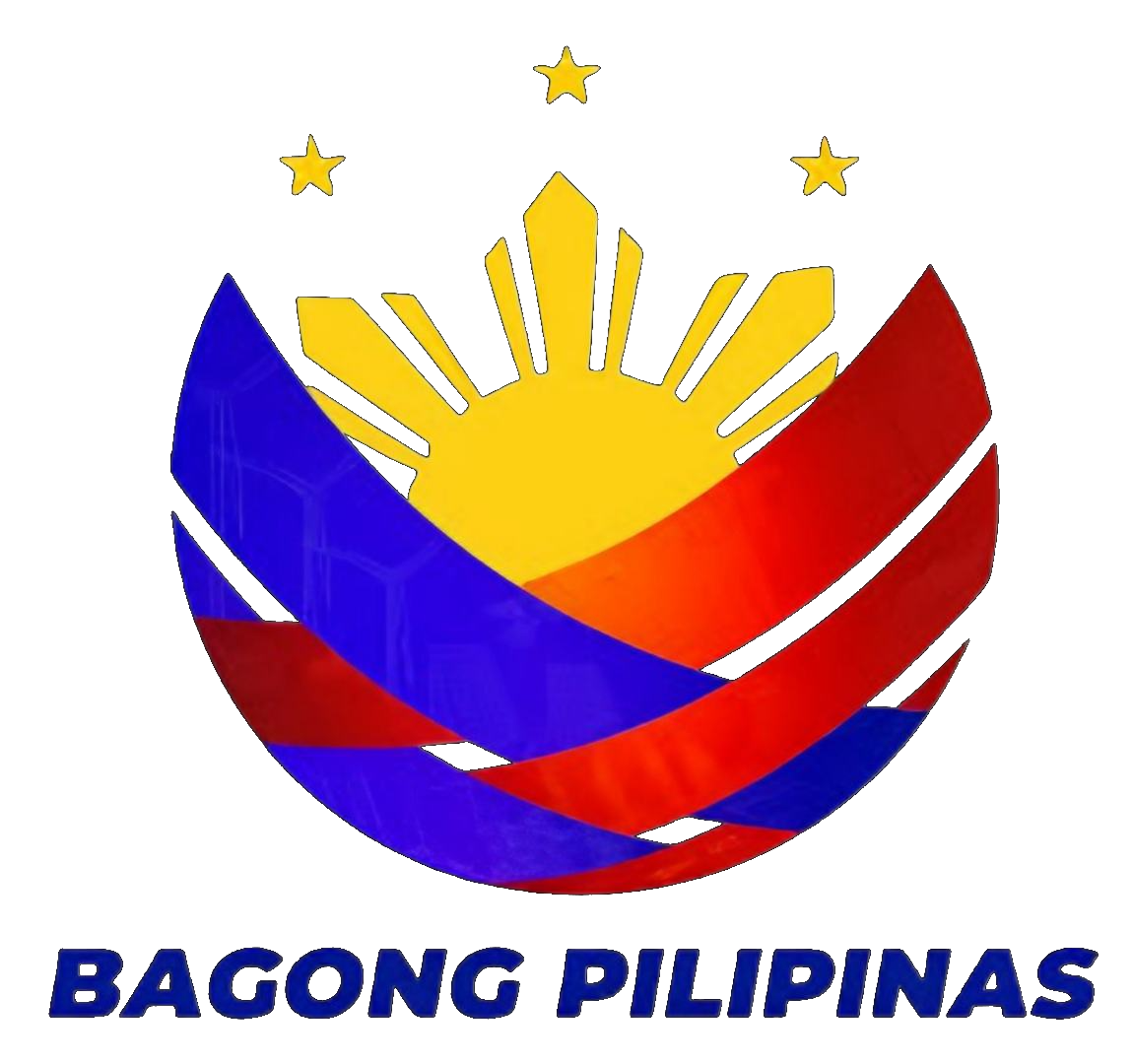18 Results
Republic Act
Republic Act
Republic Act
Republic Act
Department Circular
Department Circular
Published at: The Manila Times and The Philippine Star
Date Published [mm/dd/yyyy]: 10/06/2017
Adopting the Philippine Conventional Energy Contracting Program (PCECP) of Awarding Coal Operating Contracts (COC) and Creating the Review and Evaluation Committee(REC) Repealing for this Purpose Department Circular No. DC2014-02-0005 and Department Order No. DO2014-08-0017
WHEREAS, Republic Act No. 7638, as amended, otherwise known as "The Department of Energy (DOE) Act of 1992", mandates the Department of Energy (DOE) to prepare, integrate, corrdinate, supervise and control all plans, programs, projects and activities of the Government relative to energy exploration, development, utilization, distribution, and conservation;
Click to view/download Department Circular No. DC2017-09-0010
Philippine Conventional Energy Contracting Program (PCECP)
What's New
Invitation for Challenge
Published on: Friday, 22 July 2022
Republic of the Philippines
DEPARTMENT OF ENERGY
Energy Center, Rizal Drive, Bonifacio Global City
Taguig City, Metro Manilla
NOTICE OF APPLICATION FOR COAL OPERATING CONTRACT (COC)
Under the Philippine Conventional Energy Contracting Program (PCECP)
This is to inform the public that Vintage-21 Coal Mining Corporation is applying for CBS 40-L-372, 40-L-373, 41-L-12 and 41-L-13 Coal Blocks located in Lingig, Surigao del Sur and Boston, Davao Oriental as seen in the map below and is bounded by the following Technical Descriptions:
Energy Conserving Design for Buildings
What is the Energy Conserving Design for Buildings?
With the enactment of Republic Act No. 11285, otherwise known as the Energy Efficiency and Conservation Act (EE&C Act), the policy of the State towards the efficient and judicious utilization of energy has been strengthened further. Section 4 (b) of the EE&C Act mandates that all building constructions, new and building retrofits, shall comply with minimum requirements set in the Guidelines on Energy Conserving Design of Buildings.
These Guidelines address the need to provide energy efficiency guidance in the design and construction of buildings in the Philippines.
In these updated Guidelines, technical requirements were provided based on two Building Codes that impact energy performance of buildings, i.e. the National Building Code and the Philippine Green Building Code. Obligations of building owners consistent with the Energy Efficiency and Conservation Act were cited in this guideline. Renewable energy systems and equipment were added in line with the Renewable Energy Act of 2008. Certain sections were also updated based on international standards, notably the American Society of Heating, Refrigerating and Air Conditioning Engineers (ASHRAE).
Advisory
What's New
Invitation for Challenge
Published on: Friday, 22 July 2022
Republic of the Philippines
DEPARTMENT OF ENERGY
Energy Center, Rizal Drive, Bonifacio Global City
Taguig City, Metro Manilla
NOTICE OF APPLICATION FOR COAL OPERATING CONTRACT (COC)
Under the Philippine Conventional Energy Contracting Program (PCECP)
This is to inform the public that Vintage-21 Coal Mining Corporation is applying for CBS 40-L-372, 40-L-373, 41-L-12 and 41-L-13 Coal Blocks located in Lingig, Surigao del Sur and Boston, Davao Oriental as seen in the map below and is bounded by the following Technical Descriptions:
Plans
Executive Summary
The 2019-2028 Distribution Development Plan (DDP) contains the one-page infographic profile of 144 out of 151 Distribution Utilities (DUs), showing the supply- demand outlook and energy requirements for the ten-year planning period. It features the Power Supply Procurement Plan, which contains the proposed schedule for the Competitive Selection Process (CSP) to be conducted by DUs to procure power supply requirements to ensure the continuous provision of electricity supply to the consumers in a least cost-manner as what was mandated by Republic Act No. 9136. For those DUs without schedule for CSP, the power supply deficit in MW shortfall for the corresponding period is indicated.
This DDP also featured the 2018 actual number of customers and energy sales per customer class. It also includes comparison using percentage difference of the 2018 projection on number of customers, peak demand, electricity purchased, energy sales and system loss based on the 2018-2027 DDP versus the 2018 actual data based on the 2019-2028 DDP.
In 2018, the DUs registered a peak demand of 13,899 MW and is projected to increase from 14,602 MW in 2019 to 21,300 MW in 2028 with an annual average growth rate (AAGR) of 4.36% for the ten-year planning horizon. Luzon DUs recorded the highest peak demand in 2018 at 10,279 MW while Mindanao and Visayas DUs reported peak demand of 1,835 MW and 1,785 MW, respectively.
For the energy requirements, the DUs procured a total of 83,573 GWh in 2018 which is estimated to rise from 88,040 GWh in 2019 to 129,815 GWh in 2028 with an AAGR of 4.50%. Likewise, the DUs has a total energy sales of 77,409 GWh in 2018 which is seen to increase to 119,231 GWh by 2028 with an AAGR of 4.42% from its 2018 level.
With regard to the number of customers, there were 19.9 million customers being served by the DUs in 2018 wherein majority at 91.97% are residential connections, commercial customers at 6.17%, industrial customers at 0.23%, and customers classified as Others accounts for the 1.62%. With an AAGR of 3.86%, customer connections is forecasted to increase from 20.1 million in 2019 to 29.0 million in 2028.
Philippine Energy Labeling Program (PELP)
The Philippine Energy Labeling Program (PELP) is one of the initiatives of the Department of Energy as part of the enactment of Republic Act 11285, otherwise known as the “Energy Efficiency and Conservation (EE&C) Act”, which was approved on 12 April 2019. The PELP provides for a national labeling system for energy consuming products (ECPs) based on the energy performance of products.
History
The Philippines' Department of Energy (Filipino: Kagawaran ng Enerhiya), abbreviated as DOE is the executive department of the Philippine Government responsible for preparing, integrating, coordinating, supervising and controlling all plans, programs, projects and activities of the Government relative to energy exploration, development, utilization, distribution and conservation.
The Department of Energy was created by then President Marcos as he issued Presidential Decree No. 1206 which created the Ministry of Energy and attached the National Power Corporation and Philippine National Oil Company to this new agency. The Ministry was abolished during the Regime of Corazon Aquino. During the Regime of President Fidel V. Ramos, that Department was created by virtue of Republic Act No. 7638 otherwise known as the Department of Energy Act of 1992.
The Department was vested additional powers and functions under pertinent energy and power related legislations, such as Republic Act No. 9136 or the "Electric Power Industry Reform Act of 2001", Republic Act No. 9367 or "Biofuels Act of 2006", and Republic Act No. 9513 or "Renewable Energy Act of 2008."
DC2024-05-0017
WHEREAS, Section 2 of Republic Act No. (RA) 7638, as amended, otherwise known as the “Department of Energy Act of 1992,” states that it is the policy of the State to ensure a continuous, adequate, reliable, and economic supply of energy through, among others, judicious conservation, renewal, and efficient utilization of energy, to keep pace with the country’s growth and economic development;
1st Conventional Energy Bid Round for BARMM and 2024 Philippine Energy Bid Round to be launched
Four (4) Pre-Determined Areas (PDAs) shall be offered for investment, exploration, development and production of the BARMM's indigenous resources, as mandated by the Intergovernmental Energy Board (IEB).
“This is another milestone for the Ferdinand Marcos Jr. Administration in advancing the development of the BARMM, following the landmark signing of the Intergovernmental Energy Board (IEB) Circular on the Joint Award of Petroleum Service Contract (PSCs) and Coal Operating Contracts (COCs) in the BARMM area in July 2023,” Energy Secretary Raphael P.M. Lotilla said.
“The resources identified in the BARMM area are enormous assets that we can fully develop. As we go another step forward to harnessing these assets, our aspirations for promoting economic growth, generating employment opportunities, and nurture a thriving business landscape in the region are even closer to realization,” the Secretary added.
The IEB Circular on the Joint Award of PSCs and COCs in the BARMM was signed on 06 July 2023. It operationalizes the provision under Section 10, Article XIII of Republic Act No. 11054 or the Organic Law for the Bangsamoro Autonomous Region to jointly grant rights, privileges, and concessions for the exploration, development, and utilization of uranium and fossil fuels such as petroleum, natural gas, and coal within the territorial jurisdiction of the Bangsamoro.

